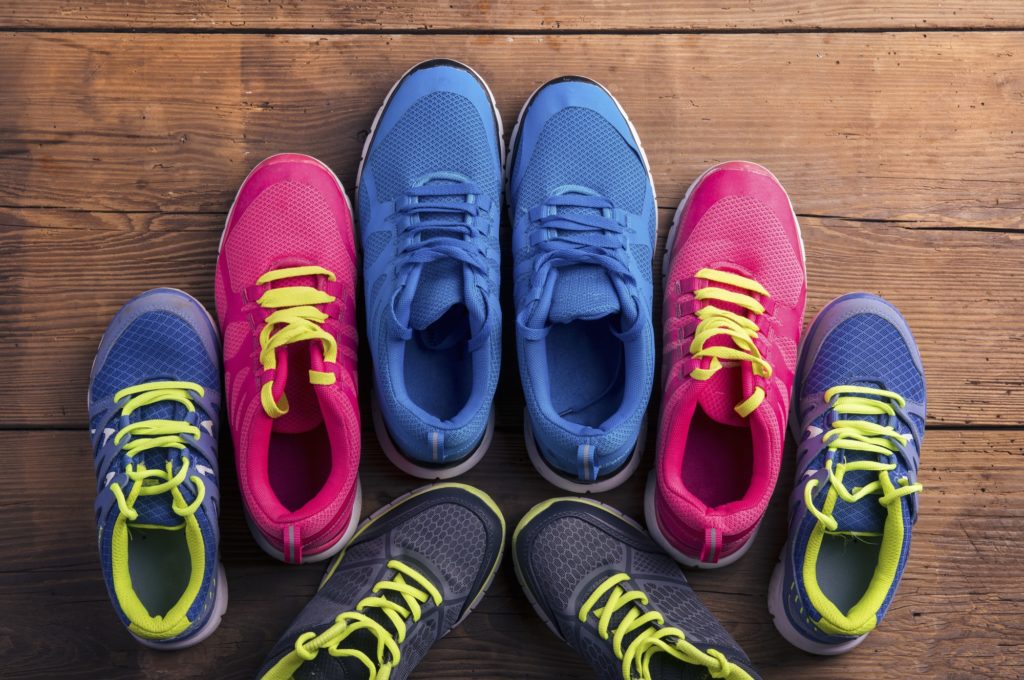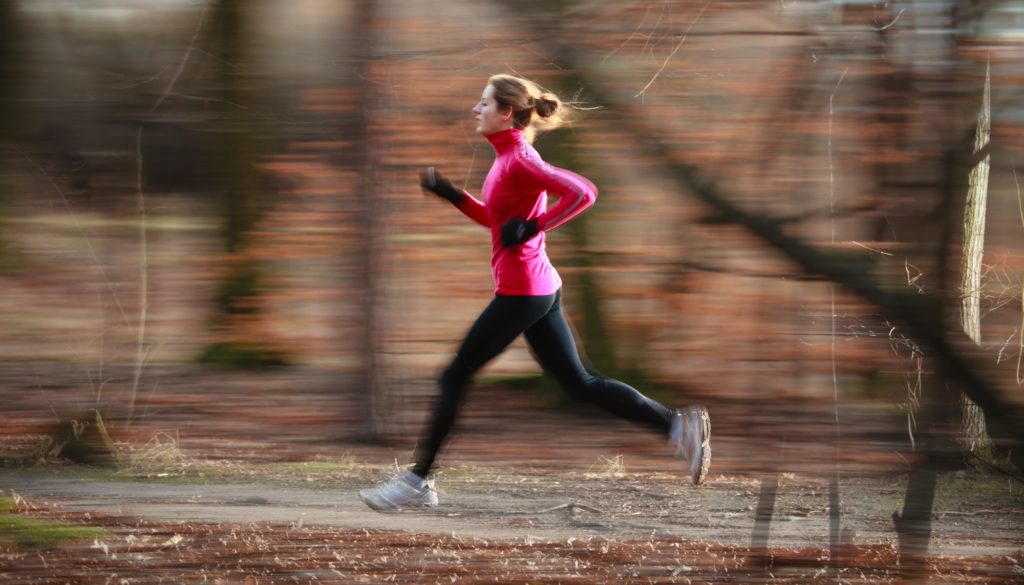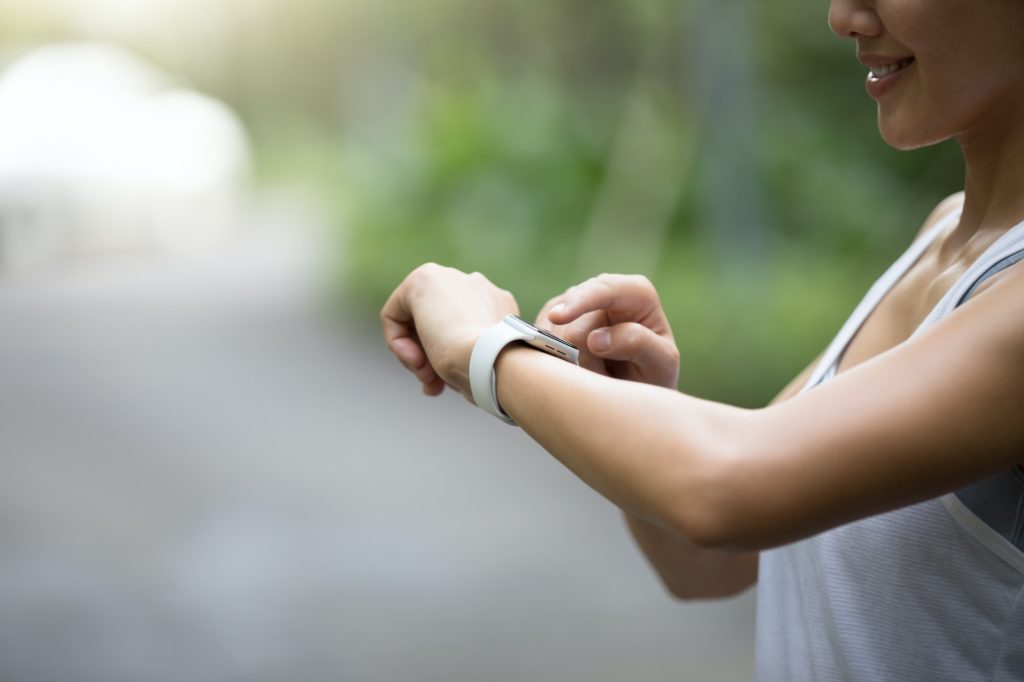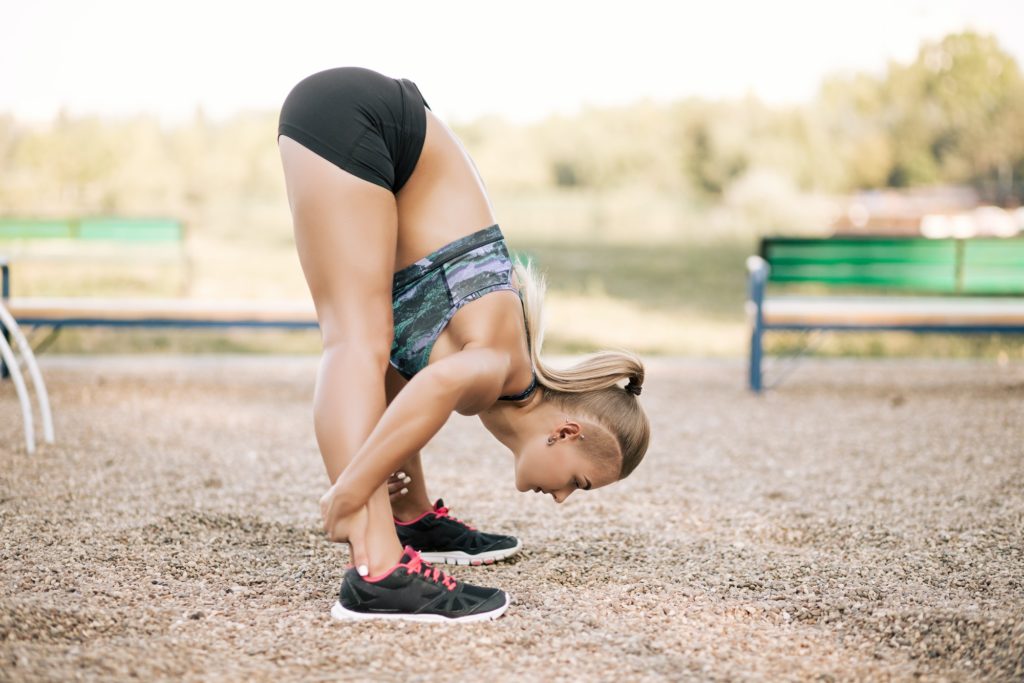Running has been a part of my life for almost 10 years now. Though I fluctuate regularly in the duration and intensity of my runs, I’ve been consistent for a good part of my adult life.
Running has become not only a method of physical exercise for me; it’s become my meditation, my mental health check, my escape from chronic anxiety, and my time to center myself. During my runs, I frequently think and work out what my next move is for whatever goals I’ve set or problems I’m facing.
I can’t even begin to rattle off the problems I’ve solved while being out on a run. The mental clarity that comes with getting out of your normal environment and flooding your brain with endorphins has become a necessary part of my life.
Over the years, I’ve had a lot of people come to me with questions about running. Many of them are people who want to start running but they don’t know what the strategies are, especially in the early stages when they’re out of shape. They don’t know what goals to set or what foods to eat. They need some tips to start running from someone who’s been there.
While I’m definitely not a personal trainer, many of these people now run regularly and I like to think that my advice in the very beginning helped them to get there. This article contains some of the different bits and pieces of information that I’ve gained through my own journey as a runner. These running tips for beginners will help you get off on the right track! These are some of my best running tips.

1. Get the Right Running Shoes
Running is a very healthy activity but it’s stressful on your knees, ankles, and spine. Start off right be making sure you have the right shoes. I’m not talking about going to the shoe store and picking out whatever cool running shoe you see that you think looks good, I’m talking about going to a real running store that specializes in running shoes and gear.
The folks that work in these stores are trained to help fit you into a pair of shoes that give you the healthiest stride and cushion during your runs. They will likely have you walk around the store barefoot and watch you run on a treadmill to see what angles your feet hit the ground. From that information, they’ll recommend shoes that are designed to work with your running style and your body.
Good running shoes need to be replaced every 300-400 miles.
What Happens if You Don’t Have the Right Shoes?
When I first started running, I was wearing a pair of Nike Air Pegasus running shoes that I got from Sports Authority. I think they were about $100 and I bought them because they said they were running shoes and they looked good.
About 6 months into my running, I finally started getting to the point where I could run about 2 miles and I began having back pain during my runs. This wasn’t a pain I’d ever felt before and it always started right when I got near the 1 ½ mile mark. It was a shooting pain that started around the middle of my butt and went up into my lower back and was so bad that even after I stopped running, I could barely walk the rest of the way home.
I was worried that maybe my body just wasn’t cut out for running so I did some research on some running websites. Almost every one of them said if you have any type of back pain while running that you should get checked out for new shoes from a real running store.
I found a place called Charm City Run and they fitted me for a pair of shoes. I ran on a treadmill while they video-recorded it so I could see the difference between how my feet in the ground in various shoes. They recommended a pair of Brooks Adrenaline shoes, which ended up costing about the same as the Nike’s I had bought on my own.
That day I went for my first run in those shoes and did 2 ½ miles with zero pain. I later found out that the pain I had been experiencing came from the sciatic nerve – as it turns out, the sciatic nerve hates misalignment and since the new shoes corrected that, there was no more pain.
2. Wear Clothes Designed for Running
Obviously, it goes without saying that you’re probably not going to running in a pair of jeans and a button-down shirt, but there are other things to consider. Well-padded socks help eliminate the shock from pounding the pavement and materials that help wick sweat away from your body to keep you cool. Shirts and shorts that don’t chafe your skin are also important.
Finally, remember that running is a pretty bouncy activity and you’ll want to wear clothes that keep all your body parts from jigging uncomfortably. For women, you’ll want a decent quality sports bra. For men, you definitely want running shorts that have some type of support built-in or sport briefs under your shorts; DO NOT go commando or just wear loose boxer shorts.

3. Dress for the Weather
I live in Maryland and the 4 different seasons are generally pretty distinct. This means that I have 3-4 different types of running outfits.
The main thing about dressing for the weather is to realize that you are going to warm up at some point during your run so if you dress too warmly, you might find yourself overheating even though you initially thought it might be cold out.
I’m a wimp when it comes to running in the cold so my winters are generally one of my lower activity seasons (it’s one of the few times that I’ll actually run on a treadmill). I do still have some sweatpants and hoodies that I’ll wear to run on some of the warmer winter days.
If you’re a man running shirtless in the summer, don’t forget to wear sunscreen; you won’t feel yourself burning because of the breeze and endorphins so it’s important to protect your skin.
4. Outside or Treadmill?
Among runners, this single topic can cause quite the debate. While there are many theories touting one method as better exercise than the other, the reality for new and aspiring runners is that getting up and doing anything is good for you whether it’s outside or on a treadmill. There are some things to consider though when it comes to which method you use to do your runs.
Treadmills offer the ability to run in controlled conditions regardless of the time of day or weather. Good treadmills can provide a runner with a much more healthful surface on which to run when compared to the hard concrete or asphalt commonly traversed by outside runners. Treadmills commonly have lots of great feedback options like heart rate monitors and calorie burn statistics that let you know what you’re doing and how well you’re doing it in real time.
So if treadmills have all these great options, why would anyone want to run outside? Personally, I run outside almost exclusively; not only do I enjoy being outdoors more, but treadmills give me motion sickness.
Runners who subscribe to outdoor running enjoy the fresh air and being able to run through the different scenery. Personally, I like to run especially when I’m traveling and enjoy logging miles in various places all over the country
In Maryland I’ve run the winding paths of the Loch Raven Reservoir, I’ve run the boardwalk and beach in Ocean City, and I’ve run the Baltimore Harbor piers from Canton to Harbor Place. I’ve run the scenic beach path from Santa Monica to the Pacific Palisades in California and I’ve run the quiet neighborhoods of North Carolina.
For me, no treadmill can provide quite the joy that I get from outdoor running.
5. Warm Up
Getting your muscles warmed up is one of the most important parts of preparing for a run. Even if you’re a beginner and you can only run a quarter mile before you’re done, warming up your muscles is still critical.
Pulled muscles and cramps are much more common when exercise is performed in the absence of warming up. As a runner, the most important part of warming up is getting some blood flowing through your muscles. You can accomplish this by starting off with a brisk walk and then gradually moving into a slow jog or with some light stretching.
Be careful not to overstretch though prior to your run, recent studies have shown that stretching too much before you go for a run can actually increase the chances that you’ll get injured because your muscles are too loose. Save the deep stretching for after your run.
6. Start Slow
When you begin any new physical activity, it’s important for your body to have time to adjust. When you start running, there’s not much you can do to speed up the time it takes for your body to adapt to the new stress you’re putting on it.
Your bones, tendons, and ligaments all need time to grow stronger. The best way to ensure this happens is by eating a healthy diet and by maintaining consistency in the new exercise so that your body comes to expect it and prepare for it by growing stronger.
Going too hard too fast can cause injury to completely sabotage your body’s adaptation. Don’t run longer than 10-20% more than your longest run. For example, if your longest run is 2 miles and you go for a run today and feel great at 2 miles, keep going but cut it at 2.2 – 2.4 miles to keep from over stressing your body.

7. Focus on Duration, not Speed or Distance
For a beginner, it can be frustrating to set distance or speed goals. Your body probably isn’t ready for a 5 mile run right from the start and your per mile time won’t be anything that compares to people who’ve been running for a while. Always run your own pace.
Early on, you’ll want your body to get used to running. That means learning a comfortable stride and breathing rhythm. For most of my friends, I always tell them that their first goal should be to run without stopping for a full 10 minutes. It doesn’t matter how far or fast you go for that 10 minutes, the only thing that matters is that you don’t stop running. The 10-minute mark is important because studies show that this duration is the key period where your body actually recognizes the new exercise as such and begins changing. It’s also about the amount of time it takes to get into a groove in your exercise.
In essence, once you can run nonstop for 10 minutes, you’ll start to see much faster changes in your endurance and your speed. This, in turn, will motivate you to continue on and go longer on subsequent runs.
Even now as a regular runner, I don’t settle into my stride when I run until I’m about a quarter into my 2nd mile which turns out to be about the 10-minute mark for me.
8. Alternate Sides of the Road
Obviously, if you’ve chosen to run on a treadmill, this is a non-issue for you. The key here is to understand that roads and sidewalks are sloped towards the gutter for proper rain drainage. When you run along a sloped surface, one leg is constantly landing lower than the other, which takes things out of alignment and can cause injury over time especially in the knees, ankles, and hips.
Unless you have a perfectly flat surface to run on like a real track or paved off-road path, you’ll want to periodically switch which side of the road you’re on so that each side gets a proper rest.
9. Cool Down Properly
Cooling down brings your heart rate down slowly which helps keep you from getting dizzy. If you stop suddenly, you could actually pass out. Cooling down is easy, just slow down to a walk for about the last 5 minutes of your routine and that’s it.

10. Stretch
Stretching is also part of your cooldown but it’s important enough to have its own section. You should stretch out all of the muscles you used during your workout. For runners, this means at least all of the muscles of your legs, abs, and lower back.
Deep stretches held for 30 seconds or slightly longer are the best ones to really loosen up your muscles. Typically my cool down and stretch go anywhere from 10 minutes to 30 minutes.
11. Record your Progress
Keeping track of your progress lets you really see what kind of results you have over a period of time. There are lots of ways to track it from using old-school pen & paper or by using an app.
I like to use the Endomondo app on my iPhone which keeps track of every workout, my distances, times, locations, and various other useful pieces of information. Some of my friends use other apps for tracking their workouts and runs but as long as you’re keeping track with something, that’s the key.
Running Tips for Beginners – Final Thoughts
Running is a great exercise for the body and the mind if you do it properly. Whether you’re trying to lose weight and get in shape or just looking for a healthy outdoor activity that doesn’t require a lot of equipment or scheduling with other people, running pretty much fits the bill. You can walk right out your front door and start. So what are you waiting for?
Sharif Jameel is a business owner, IT professional, runner, & musician. His professional certifications include CASP, Sec+, Net+, MCSA, & ITIL and others. He's also the guitar player for the Baltimore-based cover band, Liquifaction.


